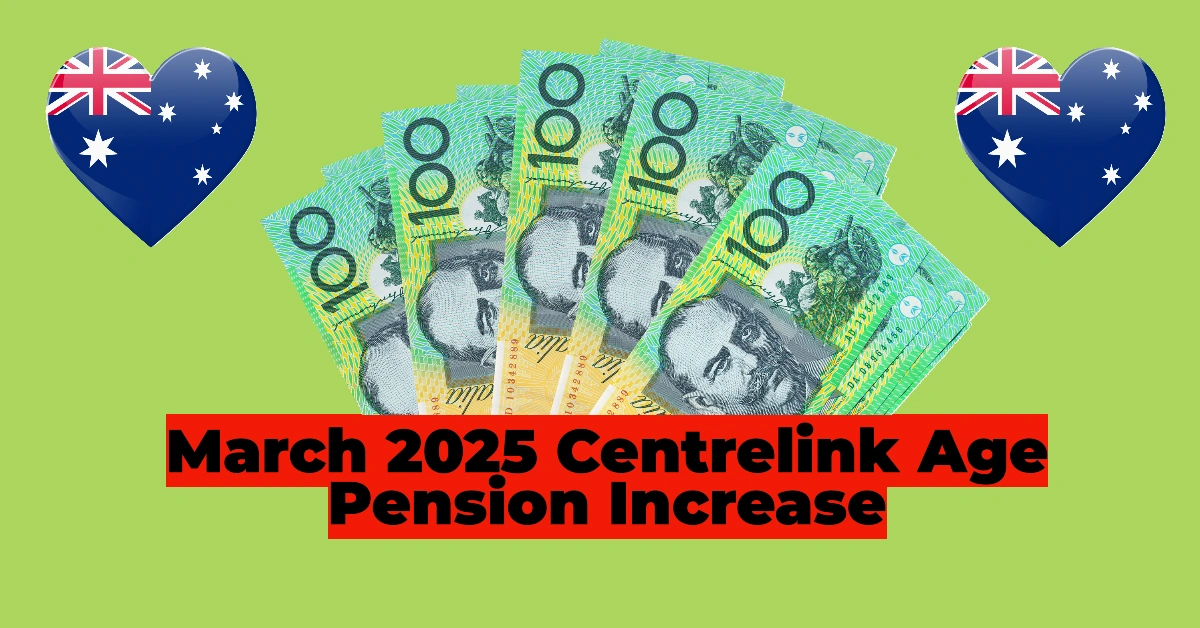The Canadian dollar made a notable recovery on Thursday, gaining 0.6% against its U.S. counterpart after a turbulent period marked by concerns over tariff risks and global political uncertainty. This rebound comes as investors recalibrate their expectations about potential disruptions to the Canadian economy, particularly following recent comments on U.S. tariffs and a significant interest rate cut by the Federal Reserve.
The Canadian Dollar’s Recovery
The loonie was trading at 1.3860 against the U.S. dollar, or 72.15 U.S. cents, after fluctuating between 1.3851 and 1.3948 earlier in the day. This rebound follows a sharp 0.8% drop on Wednesday, which was driven by global market reactions to the U.S. presidential election results. The sharp decline in the Canadian dollar came as concerns over President-elect Donald Trump’s proposed tariffs on imported goods were reignited. These tariffs would directly affect Canada, which sends about 75% of its exports to the U.S., including a significant amount of oil.
However, Thursday’s trading saw a reversal of sentiment. Adam Button, Chief Currency Analyst at ForexLive, noted that markets are currently transitioning into a “post-election mode,” where investors are now more cautious about interpreting Trump’s campaign rhetoric as actual policy. He pointed out that the market seems to believe Trump’s tariff threats are likely to remain just that—campaign promises—rather than being enacted as sweeping policy changes.
U.S. Federal Reserve Rate Cuts Boost the Loonie
The rebound in the Canadian dollar also coincided with the Federal Reserve’s decision to cut interest rates by a quarter of a percentage point on Wednesday. This marked the second rate cut in just two months, following a 0.5% reduction in September. The Fed’s actions signal ongoing efforts to support the U.S. economy, which has been experiencing slower growth amid global uncertainties.
The Bank of Canada, which has also lowered its borrowing costs in recent months, continues to align its policy in response to global economic conditions. Canada’s employment data for October, set to be released on Friday, will offer further insight into the economic outlook and could influence the central bank’s future policy decisions. Economists predict a jobs gain of 25,000, though the unemployment rate is expected to edge up slightly to 6.6% from 6.5% in September.


Oil Prices Support the Canadian Dollar
The Canadian dollar’s strength was also supported by a rise in oil prices, which are crucial to the Canadian economy due to the country’s reliance on oil exports. U.S. crude oil futures settled 0.9% higher at $72.36 a barrel, buoyed by reduced output from U.S. drillers and concerns about the potential impact of Hurricane Rafael on production. As oil prices rise, the Canadian economy—particularly the oil-producing provinces—tends to benefit, which in turn strengthens the loonie.
Canadian Bond Yields Reflect Global Market Trends
Canadian government bond yields followed U.S. Treasury movements, moving lower across the curve. The 10-year bond yield dropped 7.5 basis points to 3.236%, mirroring the broader decline in U.S. Treasury yields. Bond yields often reflect investor sentiment about economic growth and interest rate expectations, and in this case, they indicate a cautious outlook on future economic conditions, both in Canada and the U.S.
Gold and Silver Prices Continue to Surge
Canada Introduces $2 New Coin Celebrates Inuit Nunangat Culture and Unity
Don’t Want Doug Ford’s $200 Rebate? Here’s How to Return It and Help Pay Down Ontario’s Debt
Rare JFK 50-Cent Coin Discovered, Numismatic Collector Pays Over $150,000
What’s Next for the Canadian Dollar?
Looking ahead, the Canadian dollar’s path will largely depend on the ongoing trade dynamics between the U.S. and Canada, as well as the broader global economic environment. The employment report for October and future central bank actions will be closely watched for further clues about Canada’s economic health.
The loonie’s rebound on Thursday suggests that investors are starting to factor in a more optimistic outlook, with tariff concerns subsiding for now. However, the potential for volatility remains high, and the currency’s performance will continue to be influenced by both domestic economic indicators and international geopolitical developments.
In conclusion, the Canadian dollar’s recent performance highlights the complex relationship between political events, central bank policies, and commodity prices. With the global economy in flux, Canada’s ability to weather these storms will depend not only on its oil exports but also on how effectively it can manage its economic policies in an increasingly uncertain world.







